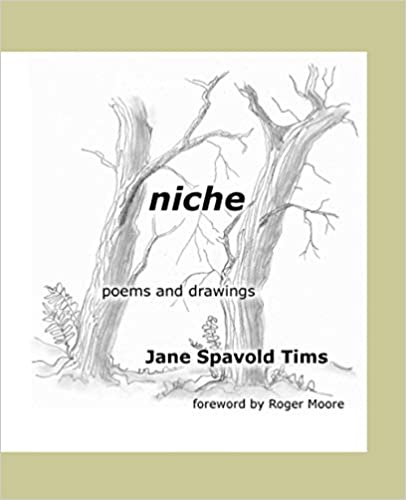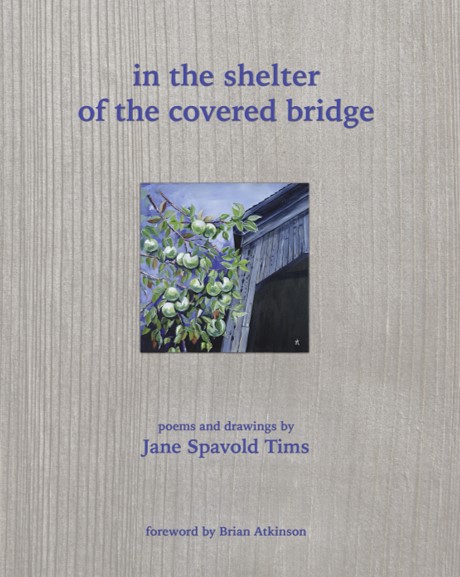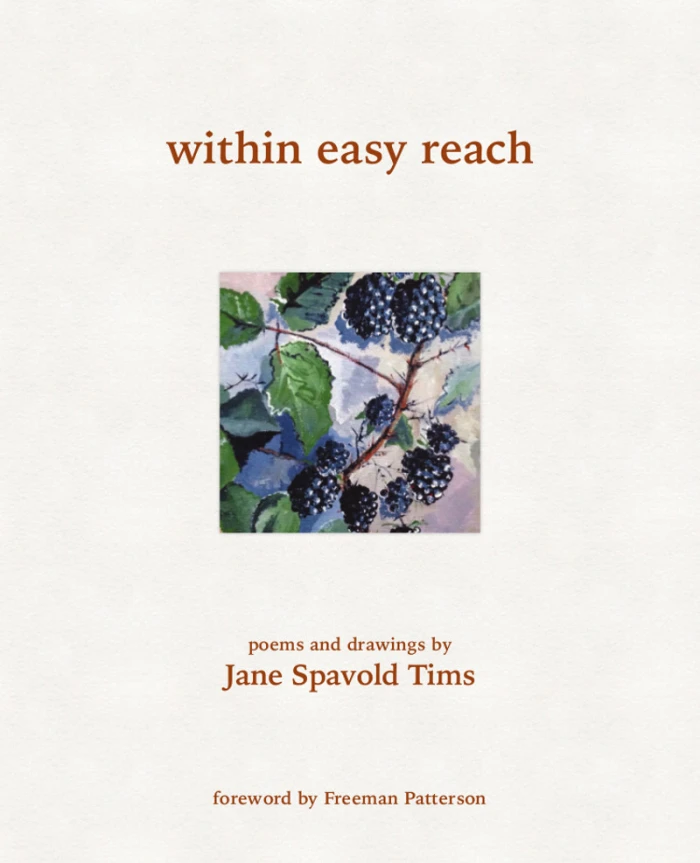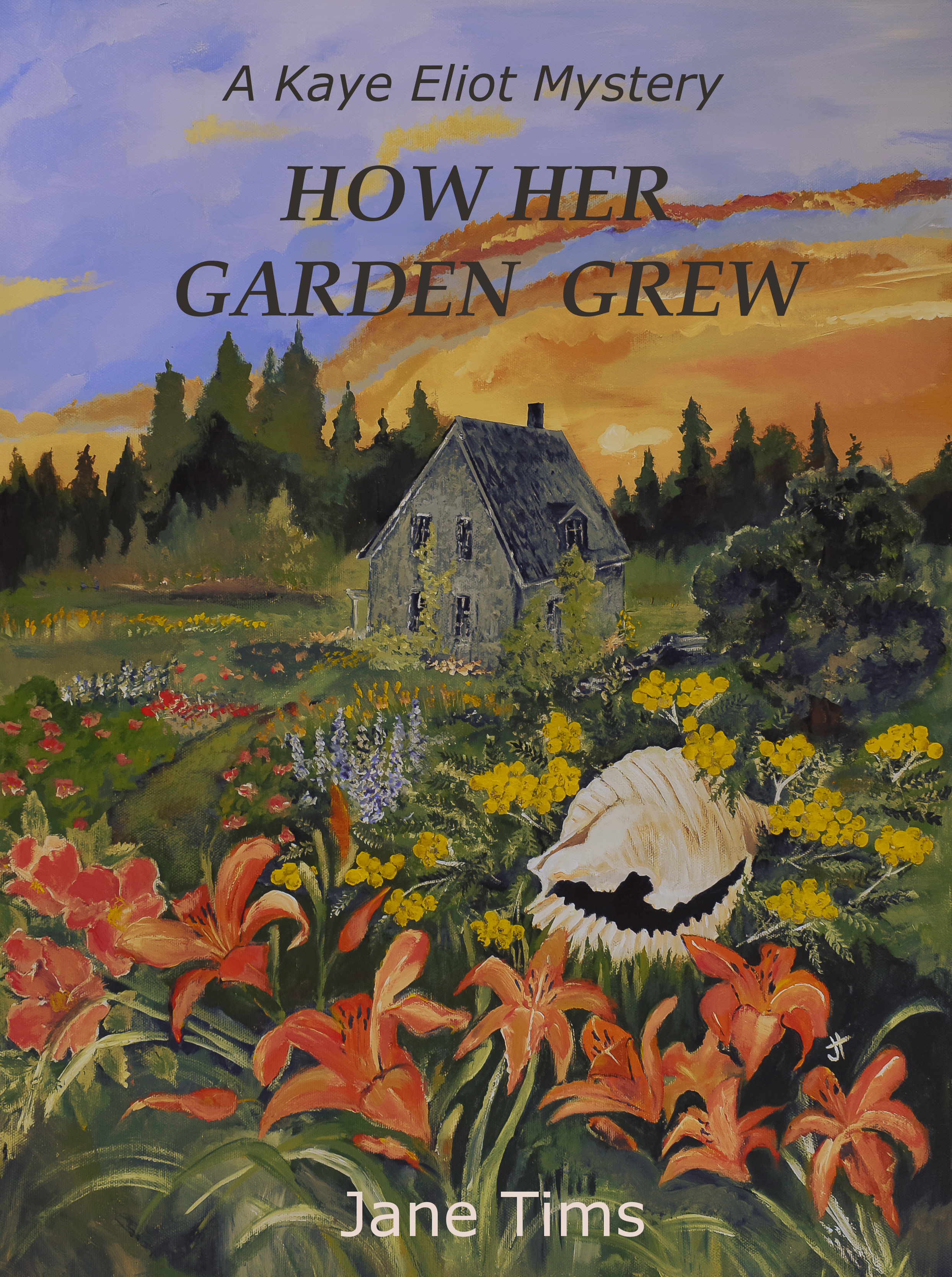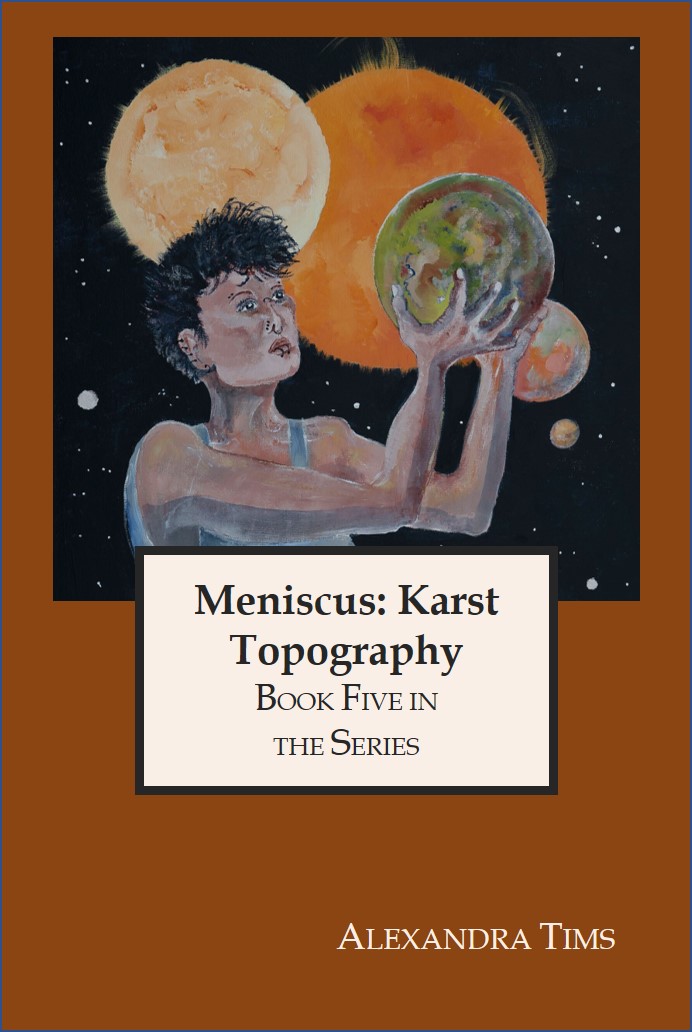Posts Tagged ‘place’
Niche: new poetry book
Early this year, I set a goal, to pull my poems into a series of books. I have written many poems and I do not want them to be lost when I leave this planet.
~

~
The result is three poetry books I intend to publish in 2020. So far this year I have published one of the three: ghosts are lonely here. Today, I completed another of the books, niche. It will be available on Amazon by the weekend. I will have copies by mid-January.
~

~
In terms of biology, the niche is the quality of a space occupied by a living thing, the sum total of physical, nutritional, biological, psychological and emotional needs gathered together in one place. In human terms, niche can be a metaphor for home, community or personal space. One way of looking at the timeline of life is to think of it as a sequence of niche-spaces lived in, sought after, avoided, encountered, found, or occupied.
These are poems about niche—the spaces where plants, animals and humans find home. The poems explore the niche spaces found primarily in Canada’s temperate zone where plants and animals have adapted to ecologies with a strong seasonal component. The poems explore the forests and coastal areas of New Brunswick and Nova Scotia, and the prairies of Alberta.
As you read the poems, you may think about your own niche, its origins and the changes that have occurred.
~

~
My poetry book niche has a Foreword, written by my good friend Roger Moore (not the spy). Roger has guided and inspired my writing as a friend and teacher for more than 20 years.
~
The book is illustrated with my drawings.
~

~
The next book in the series will be entitled ‘blueberries and mink: summers on my grandfathers farm.’ It should be published by the end of 2020.
~
All my best,
Jane
my place, my niche
All of us, as we self-isolate and stay at home, have become more familiar with our own place or space. We also have become familiar with our ‘niche.’ It is also a sort of space, but is more about how we use that space.
~
My space, on the macro-scale, is in the Northern Hemisphere and the temperate zone. I love the four seasons: perhaps summer, with it’s high humidity, least of the four. I live in a rural area; the bird chorus I hear each morning is associated with mixed hardwood and softwood. For more information on our ‘grey woods’ click here.
~
Our house seemed big when we built it 40 years ago. Today it is considered modest with two floors, three bedrooms and a loft. As I grow older, arthritis means I hang out mostly on the main floor. But upstairs, the loft stores my genealogy interests and the library holds all my books. On the main floor is my computer, my bird watching corner, my sewing basket and my drawing and painting supplies. Often, my husband is there too. So you see, I have most of what it takes to make me happy.
~
My space is more and more often in cyberspace. These days my family and friends are mostly there, on Facebook and Messenger. Just today I had my first meeting on Zoom.
~
I spend about half of my day on the computer, in one phase or other of one of my writing projects. Last week our wifi went down for four days. Usually, I refer to the on-line dictionary or thesaurus about once every fifteen minutes. With the wifi down, I wondered for a moment what to do and then thought, “Thesaurus. Dictionary.” A little dusty but serviceable.
~
So what is not part of my niche?
Music. I have a piano which I can play. And a guitar. And I have a stack of discs and a way to play them. I also have a small selection of my favourite music in my iPad. I tell myself it would be good to include more music in my life, in my ‘niche.’ So far it is only a thought.
Exercise. I will start by saying I do about 30 minutes of yoga-like stretches every morning. Otherwise I would not be able to get out of bed. If you follow my blog you know I am also dedicated to my stationary cycle but, since the first of the year, it aggravates my knees and I have not been doing this with any regularity. I have plans to reincorporate exercise into my niche, but so far, it is also a thought.
~

~
Of course, the world is full of possibilities and I have many gaps in my space/niche. I have interests in coins, stamps, games, puzzles, calligraphy and so on. I have no interest in flying kites, cooking, speaking another language or clock-making. But perhaps, someday, one of these may insinuate itself into my niche. So much to include, so little time!
~
So, what is in your space? Your niche? What is not in your space/niche?
~
All my best,
staying at home, wearing my mask in public,
Jane
in a yellow caravan
The Wind in the Willows by Kenneth Grahame was published in 1908 and has defined the relationship of people to place for four generations. The story of animal friends and their lives along the river is a magical yet down-to-earth tale. It solidifies ideas of home, adventure and longing. It captures (or doesn’t) the insubstantial voice of nature:
… it passes into words and out of them again – I catch them at intervals – then it is dance-music once more, and then nothing but the reeds’ soft thin whispering.
One of the memorable characters of the book is Toad. He is reckless and arrogant, and constantly gets into trouble, but I think his appeal is the adventurer in all of us. Some of his adventures are in a bright yellow caravan …
~
~
… there, drawn out of the coach house into the open, they saw a gipsy caravan, shining with newness, painted a canary-yellow picked out with green, and red wheels.
‘There you are!’ cried the Toad … ‘There’s real life for you, embodied in that little cart. The open road, the dusty highway, the heath, the common, the hedgerows … The whole road before you, and a horizon that’s always changing …
~
My copy of Wind in the Willows (Kenneth Grahame, 2007, Vancouver: Blue Heron Books) was illustrated by Robert Ingpen (what a name for an artist!). I will leave you with his illustrations of Toad’s yellow caravan …
~
~
~
Copyright 2015 Jane Tims
writing a novel – stories about abandoned churches
My husband and I were married in an older local church. I remember its lovely flower garden, the church bell, the woodwork, the organ, and the beautiful stained glass windows. Our wedding day began an extremely successful marriage… so far we have been married almost 33 years!
The church was deconsecrated in 1995 and torn down. The congregation moved to a new church not far away. The new church incorporated the furniture, hanging lights and stained glass windows from the old church.
Even today, almost twenty years after the demolition, I drive past the empty space and I always feel badly. Sometimes there is a car parked on the very spot where we said our vows.
Once I took my son to the now-empty site of the old church and showed him where it once stood. He asked, as a joke, ‘Does that mean you and Dad aren’t married any more?’
His question seemed funny at the time, but now I think about how closely our lives are linked with the spaces where we celebrate. If a space disappears or changes, it may seem profoundly sad. But it doesn’t negate the actions taken there. The best things in our lives supersede the physicality of their associations.
~
Copyright Jane Tims 2012
growing and gathering – a sense of place
The theme of eating local foods has its essence in the idea of ‘place’. The book ‘The 100 Mile Diet – A Year of Local Eating’ by Alisa Smith and J.B. MacKinnon (2007), introduced many to the idea of eating foods grown within a certain radius of home. Eating local is also place-based in terms of the settings we associate with local foods – the woods, the blueberry field, the home garden, the local farm, the roadside stand, and, of course, the farmers market are all places associated with obtaining food from local sources.
‘Place’ is a complex topic. Most of my poems about ‘growing and gathering’ include at least a little information about the ‘place’ where foods are found. Some poems, however, are specifically about ‘place’, and I want to group these together in my manuscript.
The poems I will include under the theme of ‘place’ will be focused on habitat, landscape, local food traditions, and the people-based concept of ‘home’.
~
1. the ‘place’ where plants grow
Plants, of course, depend on their habitat to live. The ideal ‘place’ for a plant is determined by the availability of moisture, light and nutrients. These factors are, in part, the result of climate, soil type, slope, exposure, and interactions with other plants and animals. In my collection, I have poems about the habitat of seaside plants, the need for water in landscapes where water is scarce, and why woodland plants often bloom in the early spring, when light is most available.
2. plants shape their surroundings and their landscape
Plants create habitat, modifying the regimes of moisture, light and nutrients in a local space. Plants also help to create the broader landscape. I have poems about how ripening apples change the space under an apple tree, how large and small-scale characteristics affect the value of a property, and how plants contribute to the way landscape appears.
3. ‘place-based’ food traditions
As a result of the interaction between wild life and the landscape, people have access to different kinds of foods and develop area-specific wild food traditions. In New Brunswick, fiddleheads of the Ostrich Fern (Matteuccia Struthiopteris (L.) Todaro) are abundant in the spring, along the banks of rivers and wetlands, and many New Brunswickers consider a feed of cooked fiddleheads to be a rite of spring. In Newfoundland, a relative of the blackberry, the Bakeapple (Rubus Chamaemorus L.), is common in the bogs and barrens. Children often stand beside the road, their arms out-stretched, to sell their bottles of yellow Bakeapples packed in water. I have poems about these two local foods as well as others about traditional local foods.
4. ‘place’ as a metaphor for home
Plants and their ‘place’ can be a metaphor for the relationships between humans and the spaces where they are raised, or where they live. ‘Place’ may imply ‘home’ and ideas of belonging or familiarity. Several of my poems are about this aspect of ‘place’.
As I am working on the theme of ‘place’, a song by the 1990’s band Toad the Wet Sprocket is going around in my head:
‘…show me your home
Not the place where you live
But the place where you belong…’
Toad the Wet Sprocket, ‘Something to Say’, Fear, 1991
Exploring the theme of ‘place’ with you has helped me to organise my poems, to revise them, and to understand that I still have a few poems to write toward my manuscript. I am so grateful for this blog and for all my readers!
~
~
landscape
~
a veil draped across bones of the earth
pointed tents supported by forest
settles in pockets, lichens and moss
~
beneath the cloth is texture, the way
I know life on the land, fast or slow,
near or far, through clear eyes or through tears
~
to know form follows function – practice
repeated, detailed observation
see the sweep of a field of brambles
also the berries, also the thorns
~
Published as ‘landscape’ on www.nichepoetryandprose.wordpress.com September 3, 2011
Revised
© Jane Tims 2012












